Jet2’s fully funded pilot training scheme, ‘Jet2FlightPath’ was announced in May 2025, creating a wave of excitement amongst the airline industry and aspiring pilots alike. This makes Jet2 the latest airline to offer a path into the industry for those with little to no flying experience, without having to put a penny upfront.
Given that when British Airways first introduced their fully-funded Speedbird Academy, there were over 20,000 applicants for just 100 places, it’s clear that landing one of the 60 spots Jet2 are offering is going to be an extremely competitive process.
Off the back of my previous article ‘Jet2FlightPath Analysed’, which took a deep dive beyond Jet2’s marketing, and into the scheme terms and conditions and what the scheme really means for pilots who go through it, I wanted to create another article to help walk applicants through the selection process, and best equip you for success.
In this post, I’ll detail what each stage of the Jet2FlightPath selection process consists of, along with my recommendations to ensure you’ll be as prepared as you can be. I’ll also share personal tips to give you the edge over other applicants.
This blog post will be a continuous work in progress, and each section will be updated as and when I get more data from my own research or sources. I’d recommend signing up for email updates in the website footer and regularly checking back on this post as you progress through the process. If you want to get ahead of the game and read a complete, in-depth guide to how airline recruitment processes usually work, along with what you can expect during flight training and life beyond that, a great place to start is my bestselling book ‘How To Become An Airline Pilot‘.
What Does The Selection Process Involve?
The Jet2FlightPath selection process is very similar to that of other airlines, including the process I went through years ago to land my first airline job. The main difference here is that Jet2 don’t seem too bothered about CVs or past employment history, they are focusing more on your current level of ability, and your motivation to join their company.
As such, no CV is required. The first few stages of the process are completed at home & online, in your own time. They consist of various cognitive and aptitude tests, followed by a one-way online interview. Only at the final stage are you invited to an in-person day at Jet2’s assessment centre. You’ll need to pass each stage to progress to the next, and those who pass the final assessment day will be offered fully-funded courses starting from September 2025.
The process is designed to be tough, and the only way to get to the final stage will be to put in hard work and practice, ensuring you’re as prepared as possible for each stage.
Let’s break down each stage, along with how you can best set yourself up for success.
Interactive Quiz
To begin an application, you’ll first have to complete their online quiz (you’ll need a code that’s presented to you at the end of the quiz).
It’s comprised of three different sections: The role of a pilot, training, and lifestyle. You’ll watch two videos on what it takes to become a pilot and what the lifestyle consists of. You’ll then be prompted to start the short quiz.
I won’t dive into it in too much detail here, as the quiz is simple. It’s a good idea to answer the quiz truthfully, as doing so will give you a true indication of whether or not this job is really for you. If, however, you’re just looking to pass the quiz and get through to the next part of the process, the ‘correct’ answer for each question is quite clear. Below is an example of one of the questions:
🚨 Top Tip: Use the videos to build a good understanding in your mind of what the job entails and put yourself in the airline’s shoes, asking yourself which answer they’d like to see from a potential candidate.
For an even better understanding of what the job entails, grab a copy of the bestselling book ‘Airline Captain: A Day In The Life’ for unparalleled insights into life as an airline captain for a short-haul airline based in the UK.
Application
Once you’ve passed the quiz, you’ll be able to start your application. The initial application submission is mostly administrative and doesn’t require much thinking. The only part that does is the question ‘Tell us why you’d like to join the Jet2FlightPath programme’. Here I’d suggest writing something about your competencies (notably drive, determination, hard work, teamwork etc), your passion for flying (maybe share that you’ve had a flying lesson or two) and ensure you add some praise for Jet2 as a company, sharing what an absolute privilege it would be to represent them. Maybe add a personal touch as to why Jet2 means something to you? Did you grow up flying with them as a kid? Is it your current choice of airline every time you wish to fly?
Cognitive Tests
Shortly after you’ve submitted your application, if you meet the criteria (can be found in our original post here), you’ll get an email invitation to complete your cognitive tests. These are time-limited tests and are split into six sections, as detailed below.
These tests are put together by a third-party provider, Artic Shores, and there are great online tools to help you practice the tests before taking them. Before we look at those tools (which I’d strongly recommend using), let’s run through how each section of the Jet2 cognitive tests works, along with my tips to give you the best chance of success.
Ticket
In this test, you’ll have a top and a bottom box. A number inside a shape will appear in one of the boxes. You’ll be asked to identify whether the number in the top box is even, and whether the shape in the bottom box has rounded edges. You’ll use Q or P on your keyboard to select a ‘yes’ or ‘no’. You’ll have to complete over 100 questions. Only one number inside a shape will appear at a time, but it’ll randomly alternate between appearing in the top and bottom box.
To clarify, in the top box, you’re ONLY focusing on the number. In the bottom box, you’re ONLY focusing on the shape.
‼️ Warning: Around halfway through, the questions ‘Is the number even?’ and ‘Is the shape rounded?’ will disappear. Ensure that by this point, you know what you’re looking for in each box.
Toward the end of the test, the time allowed to identify each shape and answer the question reduces to the point where your answer has to be almost instantaneous. By the time you’re down to the final 10 questions, if you take longer than a second to answer, you’ll get a ‘TOO LATE’ message.
🚨 Top Tips: What I found helpful was getting into the habit of asking out loud “Even?” as soon as an object appears in the top box, and “Rounded?” as soon as an object appears in the bottom box. This means your brain immediately knows what it should be focusing on (number vs shape), which should keep your reaction times fast, and it’ll also mean when the questions themselves disappear, you won’t even notice.
Balance
In this test, you’ll be shown a set of scales with various shapes on either side. The scale on the left-hand side will be balanced. You’ll have to work out the relationship between the shapes on that scale, and then place shapes into the empty container on the right-hand scale to balance it with the other shape container on that scale. You aren’t allowed to put the same combination of shapes into the second container that are already in the first (on the same scale) as that would make it a little too easy!
🚨 Top Tip: Keep it simple. Don’t overcomplicate it for yourself. In the above example, it’s clear from looking at the left-hand scale that an orange ring and a purple twirl are equal to a purple ring. In the empty container, therefore, put a purple ring to cancel out the orange ring and purple swirl on the second scale, then you still have two more purple swirls to balance for. You can simply put two more purple swirls into the empty container.
Order
This exercise requires you to analyse patterns and correctly anticipate what the next one will be. You’ll be shown a series of boxes with shapes in them. As you move from left to right, various things will be changing. Shapes can be added or withdrawn, they can also be rotated, enlarged, and have their colour changed.
Below is an example where you’ll have to put the shapes into the last box to continue the order.
In this example, the correct answer is to recreate the shapes from the 3rd box, but place a 4th new object on the right-hand side of the new box. If we then look at colours from the previous pattern, the new object appears to be purple each time, then turns orange once it’s no longer new. So, the new object you place on the right will be purple, and the previously purple object will now be orange. The teardrop-shaped object in the centre of the screen appears to be alternating between green and yellow, so it will be yellow in the last box. It should look like the following:
🚨 Top Tip: Look for more than one pattern. There is often a pattern with shapes as well as colours. Also, think rotation! Many of the puzzles have shapes or colours moving around the square in a clockwise or anti-clockwise rotation.
Direction
Simple game, but looks a lot easier than it is! This exercise requires you to react quickly and click the keyboard depending on which way the arrow in the middle of the screen is facing, and ONLY the arrow in the middle of the screen.
In the above picture, you’d click P, indicating that the arrow in the centre is facing to the right. Sounds easy, right? It definitely begins that way.
Once again, the time you have to react to each image reduces as you progress through the 80 images, and by the final few you’ll have just a split second to react before you’ll get the ‘TOO LATE’ message. The screens will become increasingly filled with other arrows and various distracting shapes.
To make things a bit trickier, they’ve also thrown a curveball into this section. If the other shapes on the screen are all ‘X’s, then you MUST NOT push any buttons at all. The image below shows an example of this. After a second or so of leaving the keyboard alone, it will move you onto the next question.
🚨 Top Tip: Keep your eyes fixated on the centre of the screen. You only care about that middle arrow, and it will always appear in the same place. If a screen full of X’s appears around the arrow, you’ll see it through your periphery.
Expression
This expression exercise is testing your ability to read people’s emotions by looking at their face – an important skill for any leader or manager (although I’m sure we’ve all experienced our fair share of managers who lacked this ability!).
You’ll be shown an image of a face as above, and asked to select the relevant word to describe the expression. With some of the images, it may be hard to distinguish between a few expressions, but that’s the way the quiz is designed. There’s not too much you can do here, apart from just giving your honest answer each time.
🚨 Top tip: The expression words don’t change, so take a minute to learn and memorise all the words before you start the exercise, then you’ll be able to react faster as you won’t have to scan all the words each time. Knowing the words also gives you an idea of the sort of emotions you’re looking for, so they’ll be on the tip of your tongue.
Security
This final exercise tests several key qualities: reactions, anticipation, patience, and resilience. Your job is to unlock the safe by tapping the spacebar each time the rotating light passes over the corresponding number, which will then complete the code.
It starts easy and gets progressively harder with each number and level. The rotating light will move at varying speeds and directions as you progress through.
🚨 Top Tip: This isn’t timed, so do take your time. What they’re looking for here, in their own words, is ‘engagement and exploration’. I’d personally interpret that as not giving up at the first sign of failure, and unless you’re superhuman, you will fail at this task many times over!
Be prepared to keep trying at this task. Don’t expect to get to the end, but you’ll find yourself getting further and further each time you repeat the task.
They tell you that you can end at any point, and your performance will be recorded throughout. I’d interpret this as you don’t need to ‘finish on a high’, you can exit when you feel that you’ve given it your all and can no longer get past a certain point. Just ensure that when you do quit, you’ve really given it everything.
Cognitive Test Success
Now you’ve been given a rundown of exactly what you’re in store for in the cognitive tests section, how do you best prepare?
Thankfully, there are a few companies out there that have created software to practice these exact tests. JobTestPrep is one of the best (no, they haven’t paid me to say this) and have exact replicas of the tests used by Artic Shores. I’d highly recommend getting a weeklong subscription to enable you to practice these tests and develop your performance before you begin the Jet2flightpath assessment.
The subscription will unlock a huge variety of tests that Artic Shores offer to corporations, but Jet2 have only chosen the above six to include in this part of their selection process, so make sure you focus on those for the cognitive tests. As we progress through the next sections of the process, you’ll notice other tests (numerical reasoning etc) that will also be unlocked with this JobTestPrep subscription.
Ability Assessment
It’s unclear at this stage exactly which third party will be providing the tests for the ability assessments, but it’s confirmed they’ll consist of the following sections;
Measures your ability to work with numbers, perform calculations, and interpret numerical data. Often involves tables, graphs, or charts with numerical information, followed by multiple-choice questions. Questions could include interpreting percentages, calculating profit margins, and identifying errors in numerical data.
Assesses your ability to understand, analyse, and interpret written information. Often involves passages of text followed by multiple-choice questions or statements that must be evaluated as true, false, or cannot be determined.
This is comprised of two matching exercises, assessing your ability to quickly and accurately identify matches between visual elements, such as shapes, symbols, images or addresses.
A short, timed exercise comprising a series of multiple-choice questions. These will be at GCSE level, in line with the application criteria
Until such times as we can confirm the provider, I’d suggest continuing to use Jobtestprep to practice general numerical and verbal reasoning tests on there.
Pilot Aptitude & Behavioural Assessments
These tests are more specific to the role of a pilot and are created to assess the competencies, abilities and behaviours that are important for pilots to have and develop.
Jet2 make it clear that you don’t need to have any specific pilot knowledge or experience, so the key here really is practice. These tests are split into nine sections, each taking 5-10 minutes to complete;
• Hand-eye co-ordination
• Sense of direction
• Multitasking ability
• Monitoring ability
• Logical Reasoning
• Working Memory
• English language proficiency
• Reaction speed
• Applied numeracy
The provider that Jet2 are using for these tests is AON, who use the Cut-E software (popular in airline recruitment). Again, Jobtestprep have hundreds of practice questions in line with the software. I’d suggest taking a look at two different areas on the jobtestprep site:
General Cut-e pilot tests – This includes some of the sections above, which will likely be almost identical to the online tests you’ll receive.
AON Cut-e tests – This includes ALL of the tests run by AON. Please note – you won’t need to practice all of these, just the ones that align with the above sections as listed by Jet2.
Motivational Assessment Interview
This will be a one-way video interview. Sounds daunting eh? Don’t worry, with enough practice, it won’t be! These questions will be around your motivation to become a pilot, and more specifically, why you want to join Jet2.
I’d ensure you have really solid answers prepared to the following two questions:
- Why do you want to be an airline pilot?
- Why do you want to work for Jet2?
While you need to ensure your answers are true and personalised, you should use all the tools available to you ahead of time, such as Chat GPT. Just as an example, the answers it gave me were as follows;
“I want to be an airline pilot because it combines technical skill, discipline, and responsibility in a way that very few careers do. For me, it’s not just about the flying — it’s about being part of a professional, safety-critical team that plays a key role in connecting people and places. I’ve always been drawn to roles that involve structure, high performance, and real-world impact, and becoming a pilot is the perfect combination of all three.
I’m particularly drawn to Jet2 because of its outstanding reputation for safety, customer service, and team culture. The airline has grown steadily and responsibly over the years, while maintaining a strong focus on both staff and passengers. I really admire Jet2’s commitment to friendly, efficient service, and how pilots are encouraged to be approachable ambassadors of the airline. From what I’ve seen, it’s a company where hard work and a positive attitude are genuinely valued. I’d be proud to train and grow my career within that kind of environment.”
Those answers could use some polishing and more personalisation, but it’s a great start.
It’s imperative that you do your background research on Jet2 before this interview. Having a good knowledge of the company values, structure, and future plans will stand you in good stead to give some really great answers.
- What is the difference between Jet2 and Jet2Holidays?
- What are our core company values?
It’s unclear whether this motivational interview section will contain competency-based questions, however, it would be a great idea to ensure you’re prepared for them in case it does. You’ll definitely be asked about them later in the process, if not now, so you’re certainly not wasting time by preparing for competency-based questions.
Competency-based questions will tend to start with ‘give me an example of a time when…’, and each question will be looking for you to show how you’ve demonstrated a competency that’s required for the job role. Two example questions would be;
- Give an example of when you changed a colleague’s mind (communication, knowledge and leadership)
- Give an example when you have demonstrated two of our company values?
Answers to these questions are best structured in the STAR format (Situation, Task, Action, Result). There’s plenty of information available online about this format, but for an in-depth breakdown of it, and how it works with pilot competencies, grab a copy of my book ‘How To Become An Airline Pilot’ where I devote a whole section to using the STAR format in pilot assessment interviews.
Speaking of pilot competencies, although I go into much more detail in that book, it’s handy to have the following competencies in mind when preparing for competency-based questions:
- Communication
- Leadership and Teamwork
- Problem Solving
- Decision Making
- Knowledge
- Workload Management
- Situational Awareness
These are a few of the nine pilot competencies that the interviewer will likely be asking about. You’ll want to ensure you have multiple situation examples prepared, which you can then tailor to focus on the competency the question asks about.
🚨 Top Tips: Be yourself, but ensure you communicate clearly and effectively. Don’t rush. Find somewhere that looks relatively professional to record your online interview, and ensure you also look very presentable and smart.
In-Person Assessment Day
The final stage of selection will be at Jet2’s HQ in Leeds, UK. It’s not 100% clear exactly what this day will consist of, but from my previous experiences at airline assessment days, I’d hedge my bets that this day will involve group exercises and an in-person interview at a minimum.
The group exercises are a way for you to be assessed in a group environment, showing how you operate within a team. You’ll usually be sat around a table, with assessors sitting behind you taking notes.
While exact scenarios will vary, they will often be one of, or a combination of these three tasks:
- Discussion-based
Such as ‘Current affairs’, ‘Views on improving an airline’, or ‘Challenges facing an airline’.
- Problem-based
Such as ‘Stuck on a desert island’ or ‘Sinking ship’ or ‘Lost passenger baggage’.
- Task-based
‘Build a bridge from these straws’ or ‘Build the tallest tower out of these cups’.
The assessors are looking for those pilot competencies I mentioned previously here, but also that you can work effectively and efficiently as part of a team. They’re more focused on your interpersonal skills and competencies than the actual outcome of the task.
🚨 Group Exercise Top Tips – these are a snippet from the ‘How To Become An Airline Pilot’ book:
Do
- Communicate well – actively listen, be verbal, clear, and confident when you have something to say.
- Use the names of others – they should be very visible.
- Include everyone and ask for others’ opinions. Take those opinions on board.
- Keep an eye on the time – they’ll usually be time-limited tasks. Make sure someone is the designated timekeeper. You could always offer yourself up for this role.
- Throw all your ideas into the mix. Don’t walk away wishing you’d said something more.
Don’t
- Don’t necessarily take the lead. If it needs to be taken, then by all means offer yourself to step up and take it, but don’t overpower others to take it.
- Don’t be shy.
- Don’t interrupt others – even if you disagree. Wait for them to finish until you say your piece.
This assessment day isn’t until mid-July, so I’ll update this post closer to the time with the best way to prepare, once it becomes clearer exactly what’ll be required from you on the day.
To Be Continued…
This is a dynamic article, and I’ll continue to update the above sections as soon as I get the most accurate information on the finer details of each stage. Stay tuned!
Share post with a friend:





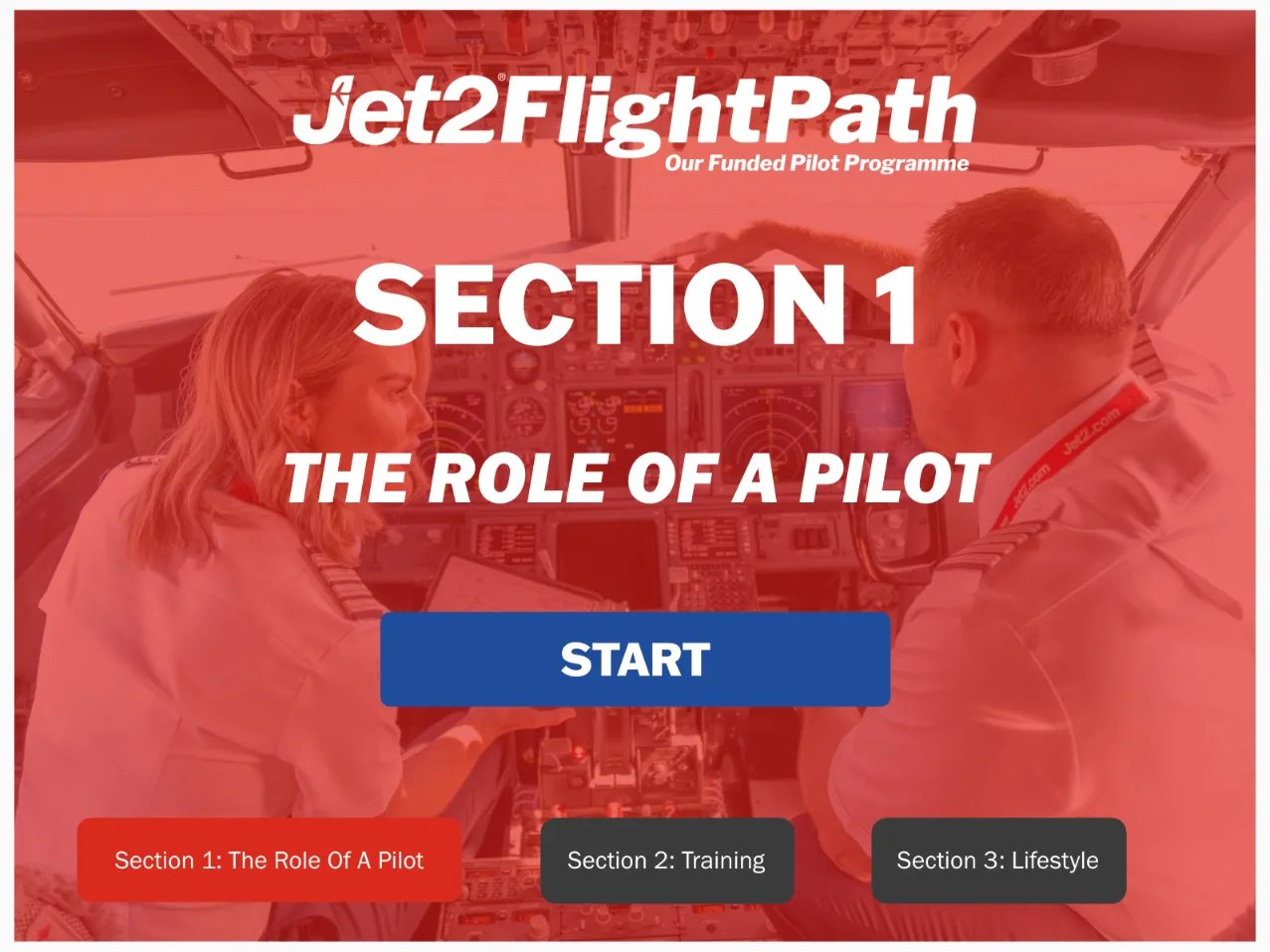
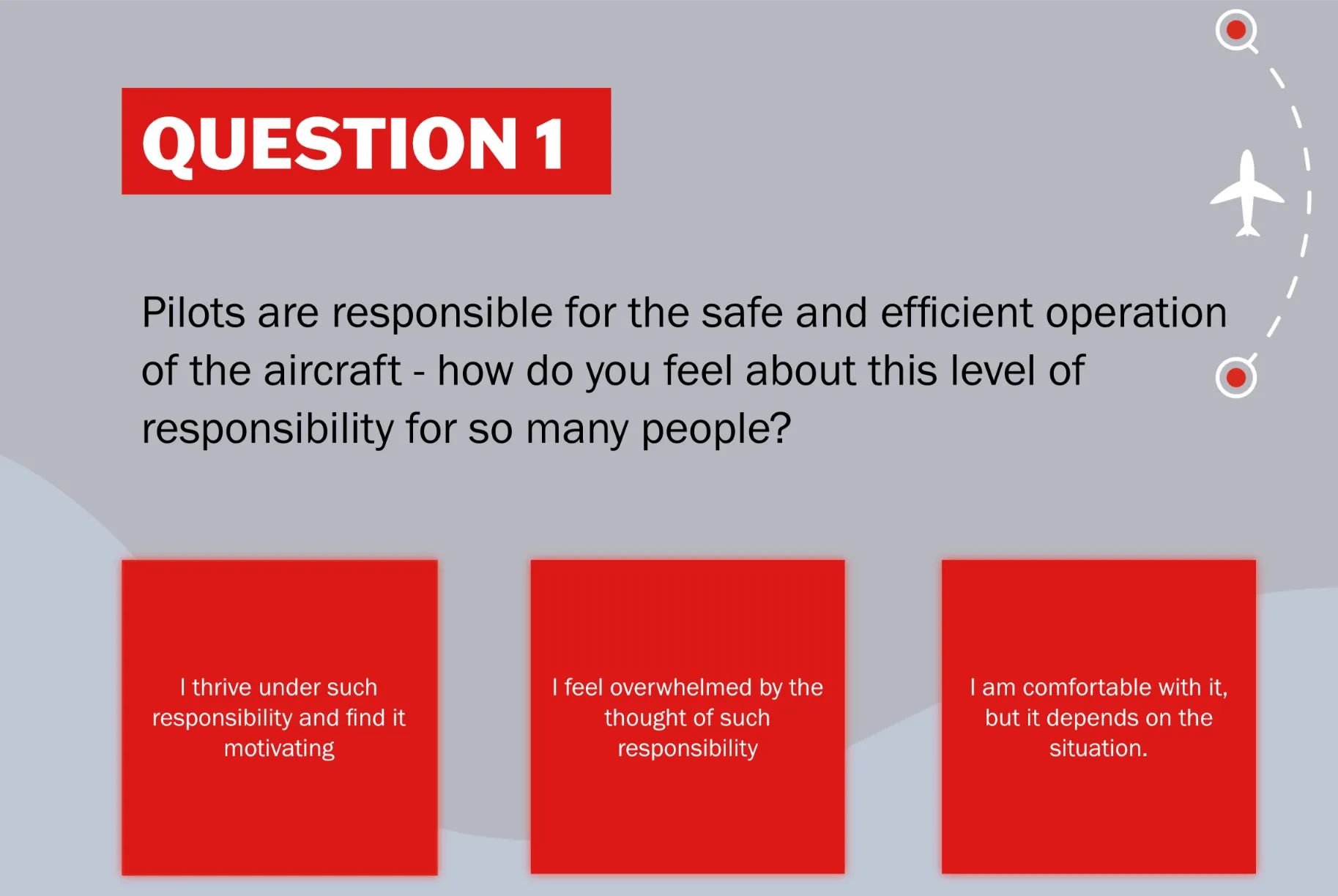
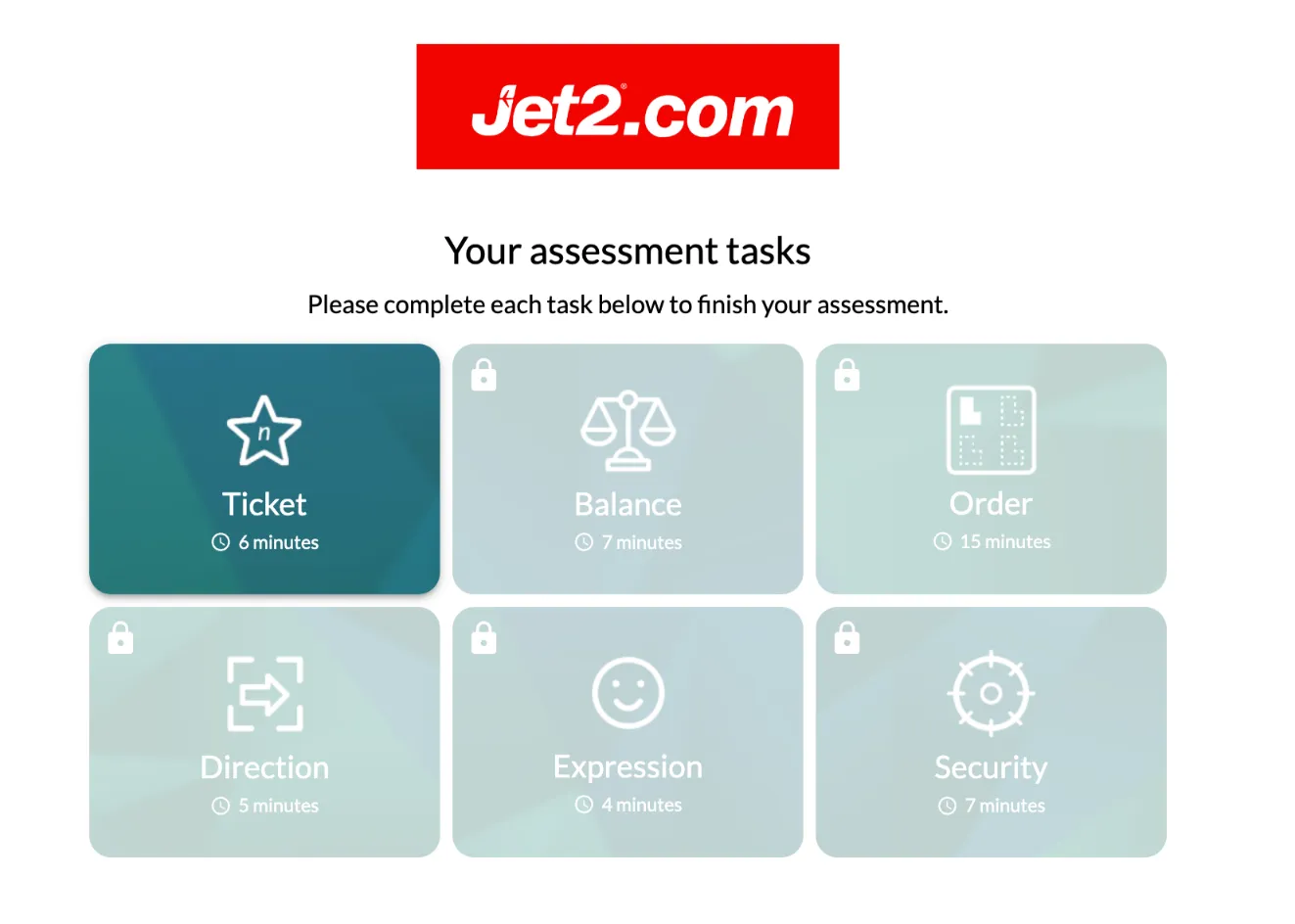

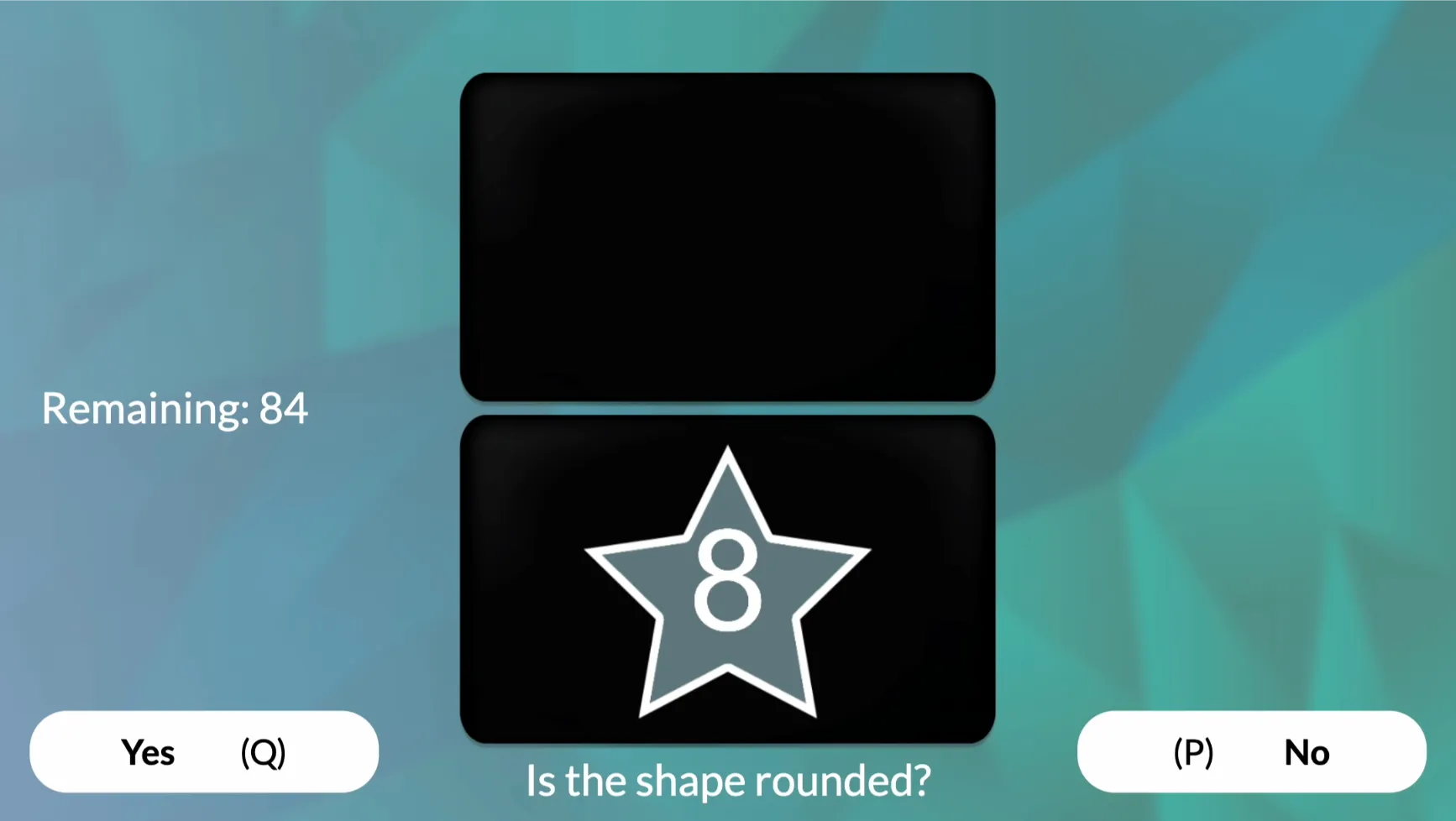


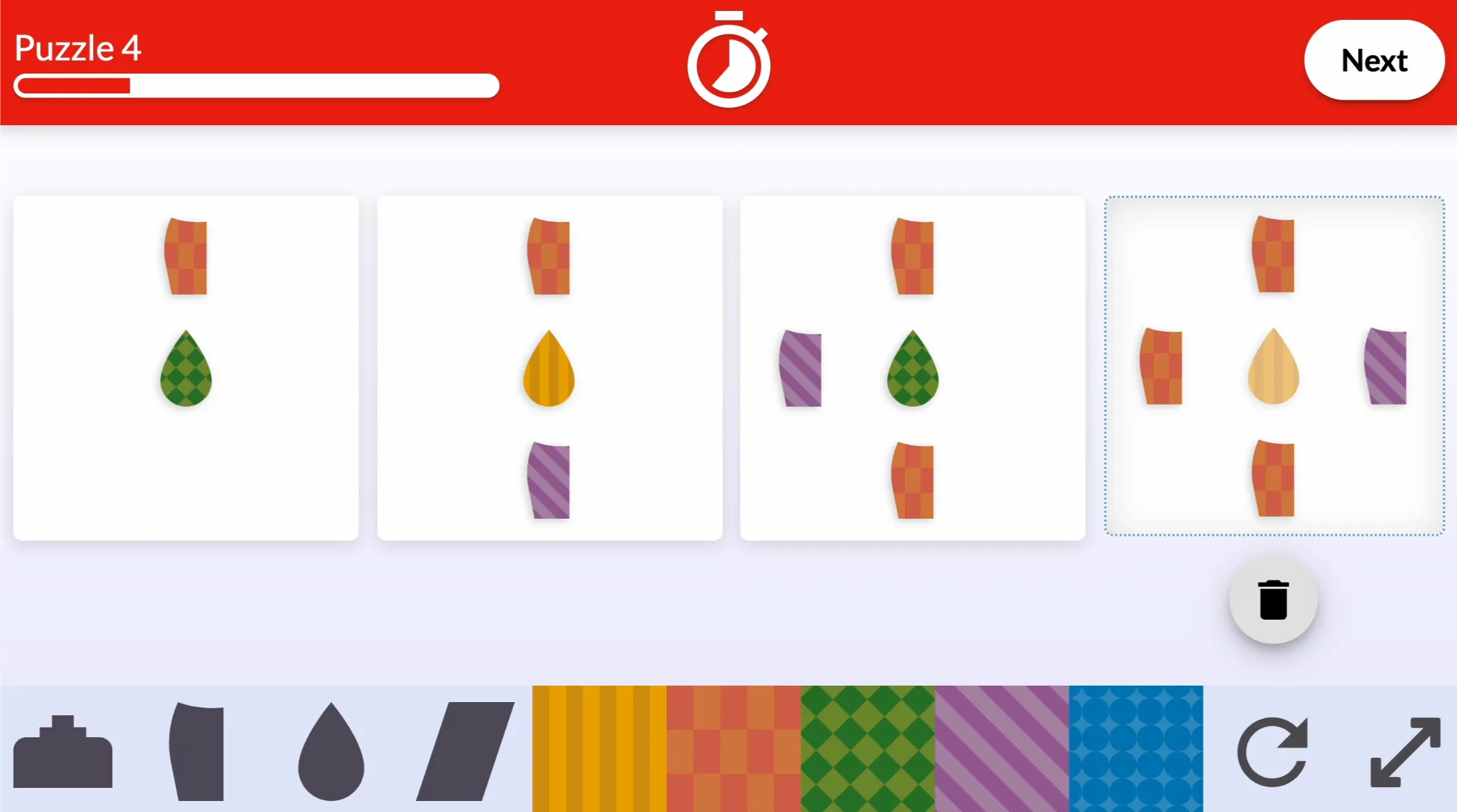


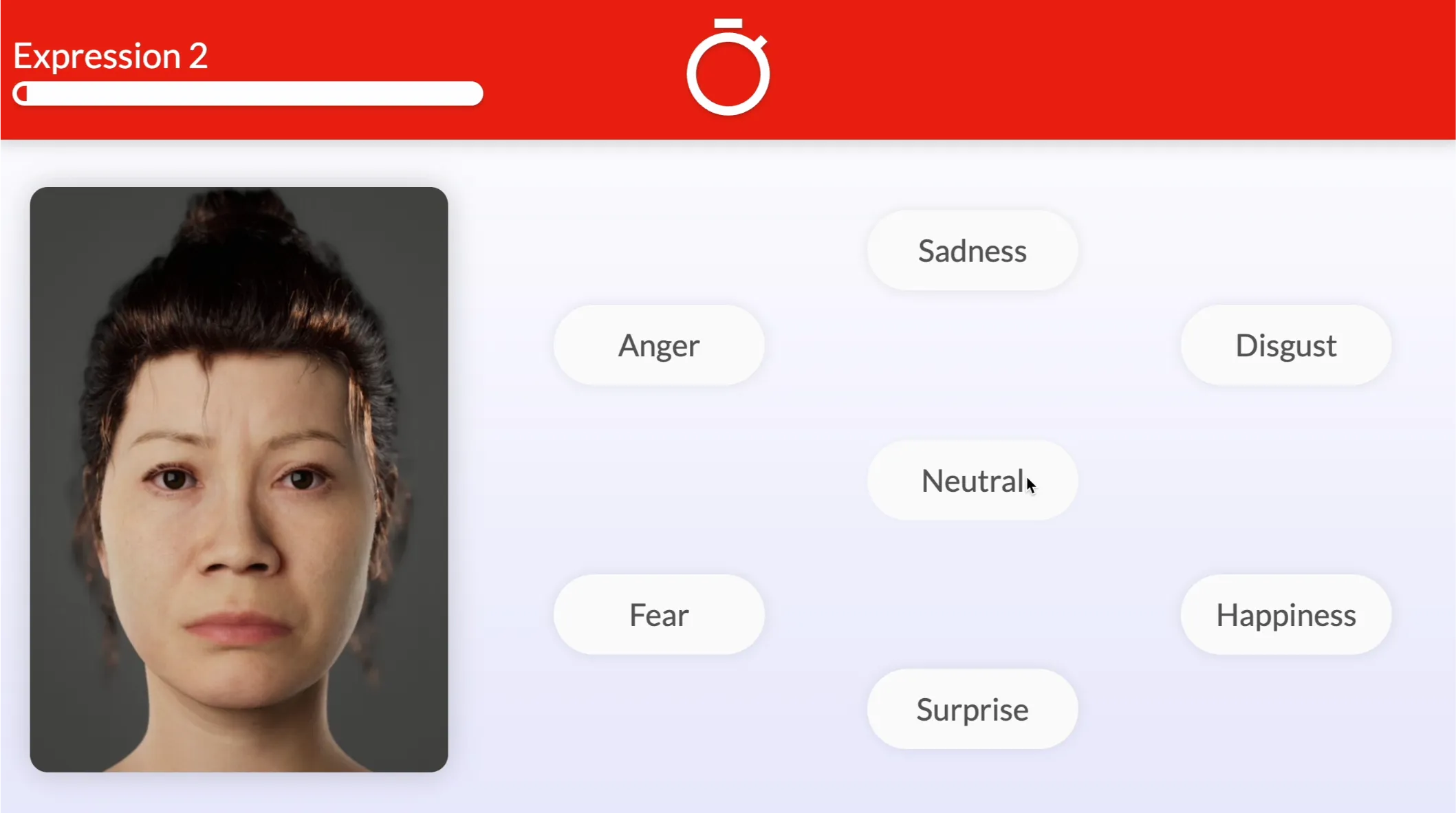
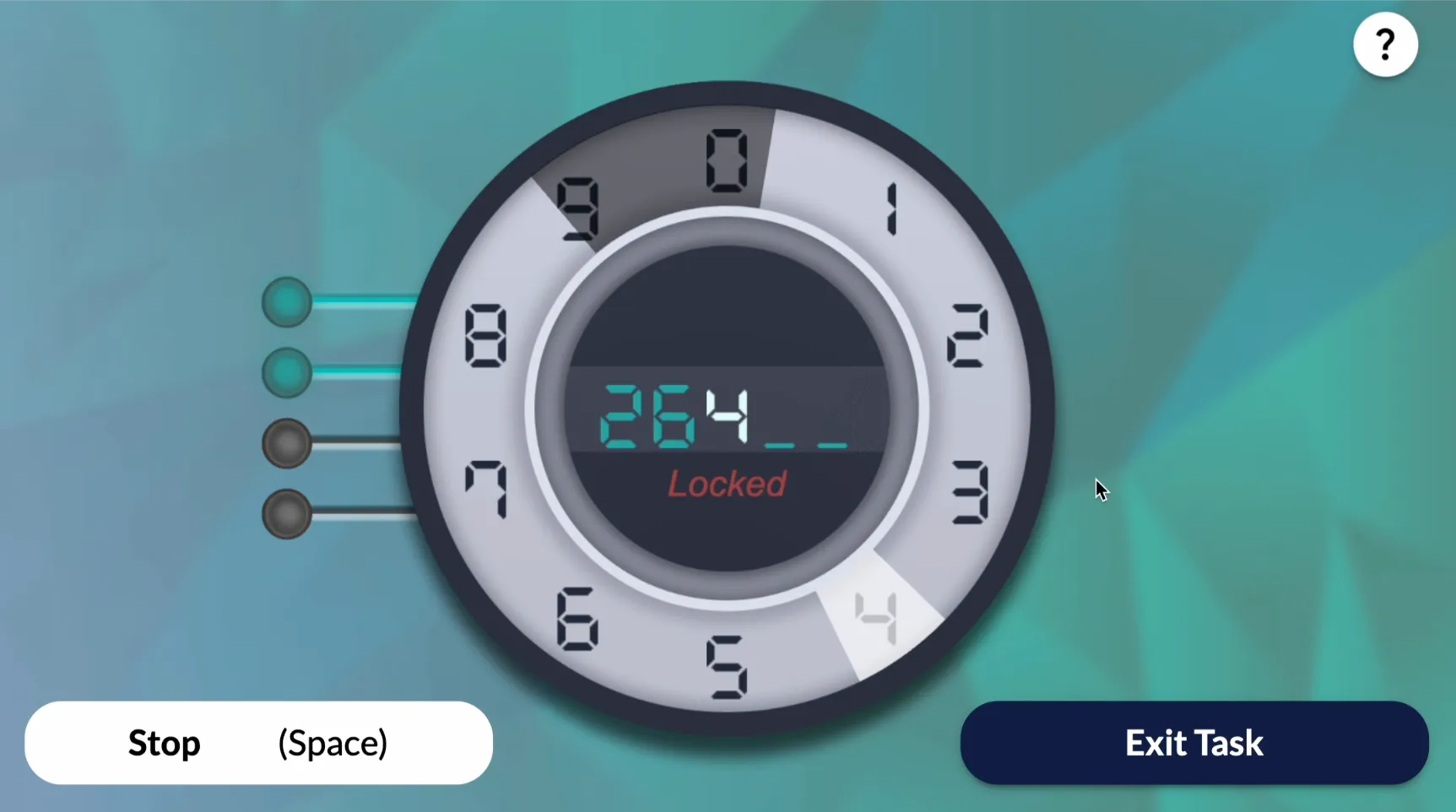
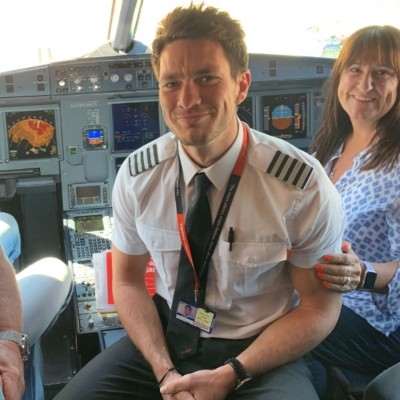



0 Responses
Very informative and useful – Thank you